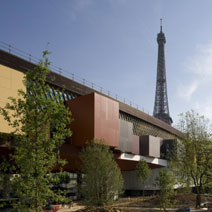
Photograph Courtesy of Musée du Quai Branly
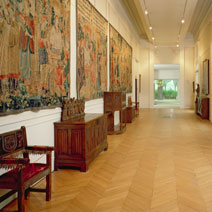
Photograph by Bridgemanart/Musée Marmottan Monet
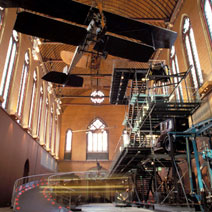
Photograph by Flament/Andia.fr/drr.net
Photograph Courtesy of Nicolas Borel/Musée de la Musique
Photograph Courtesy of Musée Nissim de Camondo
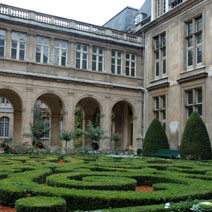
Photograph Courtesy of Lisa S. Engelbrecht/Danita Delimont Agency/drr.net
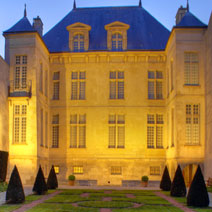
Photograph by Benoit Derrier
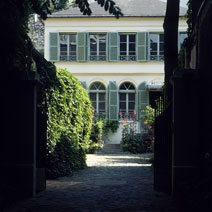
Photograph Courtesy of Musée de la Vie Romantique
